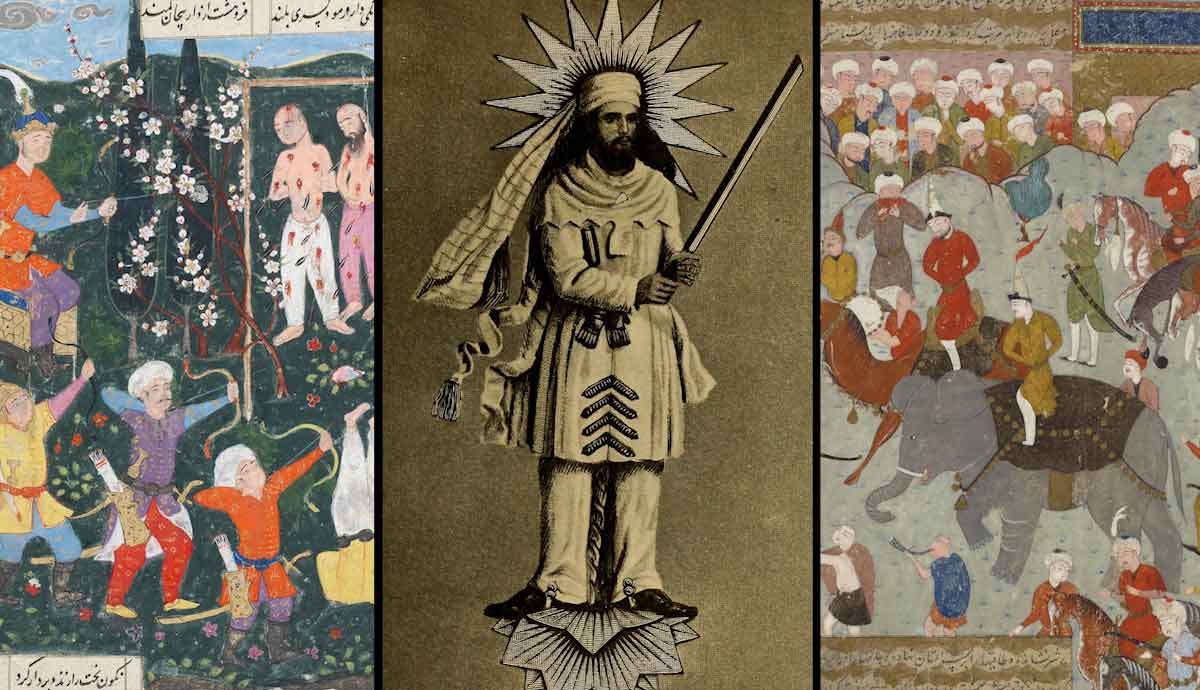
There is a generations-long debate over whether or not the 5th Century Zoroastrian reformer Mazdak-i Babadan, and his great patron King Kavad I of the Sassanid Empire, pursued a form of ancient communism. The few records of “Mazdakism” that survive clearly show a policy of socio-economic reform, but whether that merits the communist label remains open to interpretation. This debate extends to Mazdak’s spiritual, or possibly literal, successors: the Khurramites. After the Arab Conquest of the Persian Empire, the Khurramites officially converted to Shia Islam, but their critics accused them of crypto-Zoroastrianism. Eyewitness accounts do contain hints of this, and all of the ancient and medieval accounts of their movement describe communalist organization similar to Mazdak’s idealized society.
The Religion Behind Iran’s Ancient Communism

The popular image of modern Iran is inseparable from Islam, but this was not always true. Before the arrival of Islam, Iran was the home of Zoroastrianism. Founded by the prophet Zarathustra around 1000 BCE, Zoroastrianism professes belief in a dualistic universe. Everything in existence can be divided between innately good and innately evil. On the spiritual plane, good was defined by the creator-God Ahura Mazda and a host of subordinate divinities. At the same time, evil was created to oppose them by the anti-god Ahriman and his horde of demonic daiva. Good and evil themselves manifest as the deified concepts of Asha (the Truth) and Druj (the Lie.)
For the first 1200 years of its history, Zoroastrianism did not have a centralized hierarchy. Iranian kings were believers, but there was no central priesthood before Ardashir I founded the Sassanid Persian Empire. Ardashir was from a family of priests, and through the efforts of the early high priests, strict religious orthodoxy began to emerge. Nobles were banned from constructing and operating their own temples without royal supervision, and priests with divergent teachings were purged. Official policies of persecuting minority religions like Christianity, Judaism, and Buddhism were implemented as well.
However, dissent was never eradicated. Christianity and Buddhism continued to spread, and new movements like Manichaeism sprung up within Sassanid territory. Sassanid orthodoxy also never held firm control over rural Zoroastrians or those outside Sassanid territory. There was always room for heterodox beliefs to develop so long as they did not attract too much attention.
Get the latest articles delivered to your inbox
Sign up to our Free Weekly Newsletter
Mazdak and Radical Reforms: Heresy or Heterodoxy?

The religious milieu of Sassanid Iran ultimately produced Mazdak-i Bamadan, a minor priest from the Persian city of Pasa, around 490 CE. He was just one of many quietly heterodox preachers in the middle-Sassanid Period known as zendiks. Zendiks rejected the dogma of the official priesthood and interpreted Zoroastrian scripture, the Avesta, through their own commentary. However, Mazdak’s particular commentary was a radical departure from established norms.
Zoroastrian society was divided into four estates: Clergy, Nobility, Peasants, and Merchants. Official orthodoxy held that this class hierarchy was a manifestation of Asha in the world, but Mazdak rejected it. Instead, he preached that the inequality inherent to this system was a product of Druj corrupting the faith and made religious arguments for radical social reform. Critically, Mazdak advocated mass expropriation of grain and water from wealthy landowners. Iran was suffering through drought and famine at the time, even as the nobility hoarded produce for sale and profit. More broadly, he advocated for land redistribution by evenly distributing property and social privileges for everyone regardless of estate.
Unfortunately, no contemporary sources from Iran survive today. Thus, Historians are left to rely on later records, primarily post-Islamic works like the Shahnameh and Al-Tabari’s History, which follow later Sassanid polemics against Mazdak as an arch-heretic. He and his followers held all life sacred, embracing vegetarianism and conditional pacifism. Supposedly, Mazdak advocated a truly revolutionary doctrine, not just of evenly distributing resources but of holding everything as communal property. Land, wealth, produce, luxury goods, and even wives were to be shared between everyone in the community.
The King and the Communist
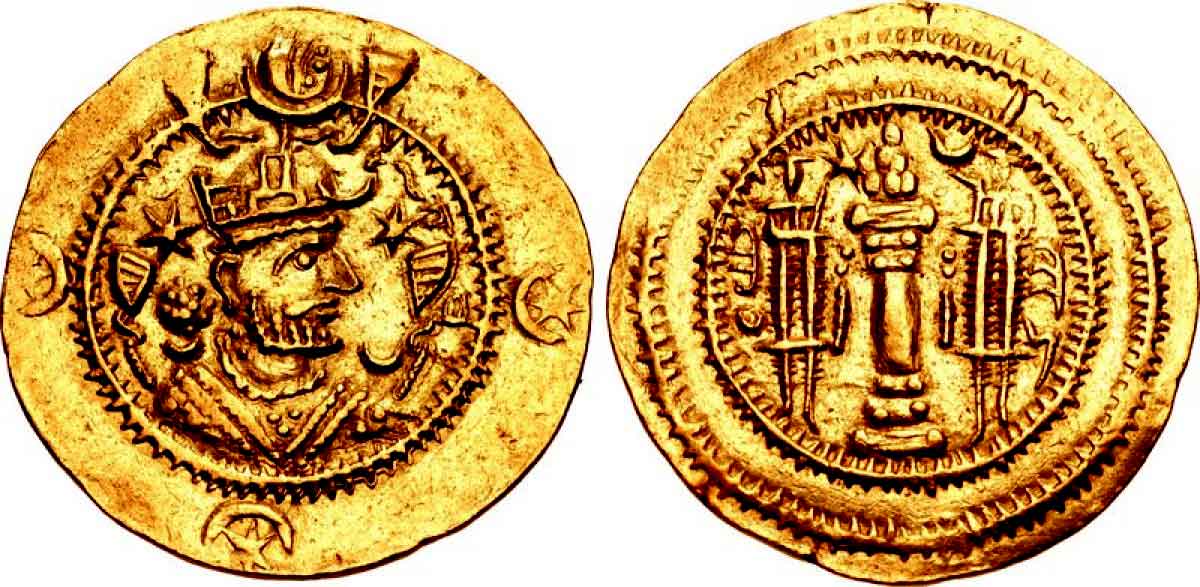
King Kavad I came to power at a moment of political instability. In 488, his uncle was deposed by a coalition of powerful nobles and the Zoroastrian high priesthood. They installed the 15-year-old Kavad on the throne with one of their own as regent. However, Kavad was more astute than his noble minders anticipated. Immediately after his 20th birthday, the King executed his former regent and expelled any nobles or priests at court that could threaten the new regime.
Kavad’s throne was secure for the moment, but in gaining security, he alienated most of the Sassanid house’s traditional allies. This led him to Mazdak. The Mazdakite movement grew to include many peasants, merchants, and even nobles in southwestern Iran by the time Kavad came of age and presented both a counterweight to the traditionalists who threatened Kavad and a potential solution to ongoing economic troubles. The King invited the communalist preacher to the royal court alongside some of the Mazdakite nobility.
A King and a commune cannot coexist, but, in this case, they recognized one another as useful allies. It is also possible that Mazdak’s teachings were exaggerated to the point of confusion by later records or that Kavad’s political ambitions ultimately outweighed his philosophical beliefs. Mazdak convinced Kavad to open his own grain stores and confiscate those of the nobility for public use, and to revoke exclusive contracts to access bodies of water.
The Sassanid Counter Revolution
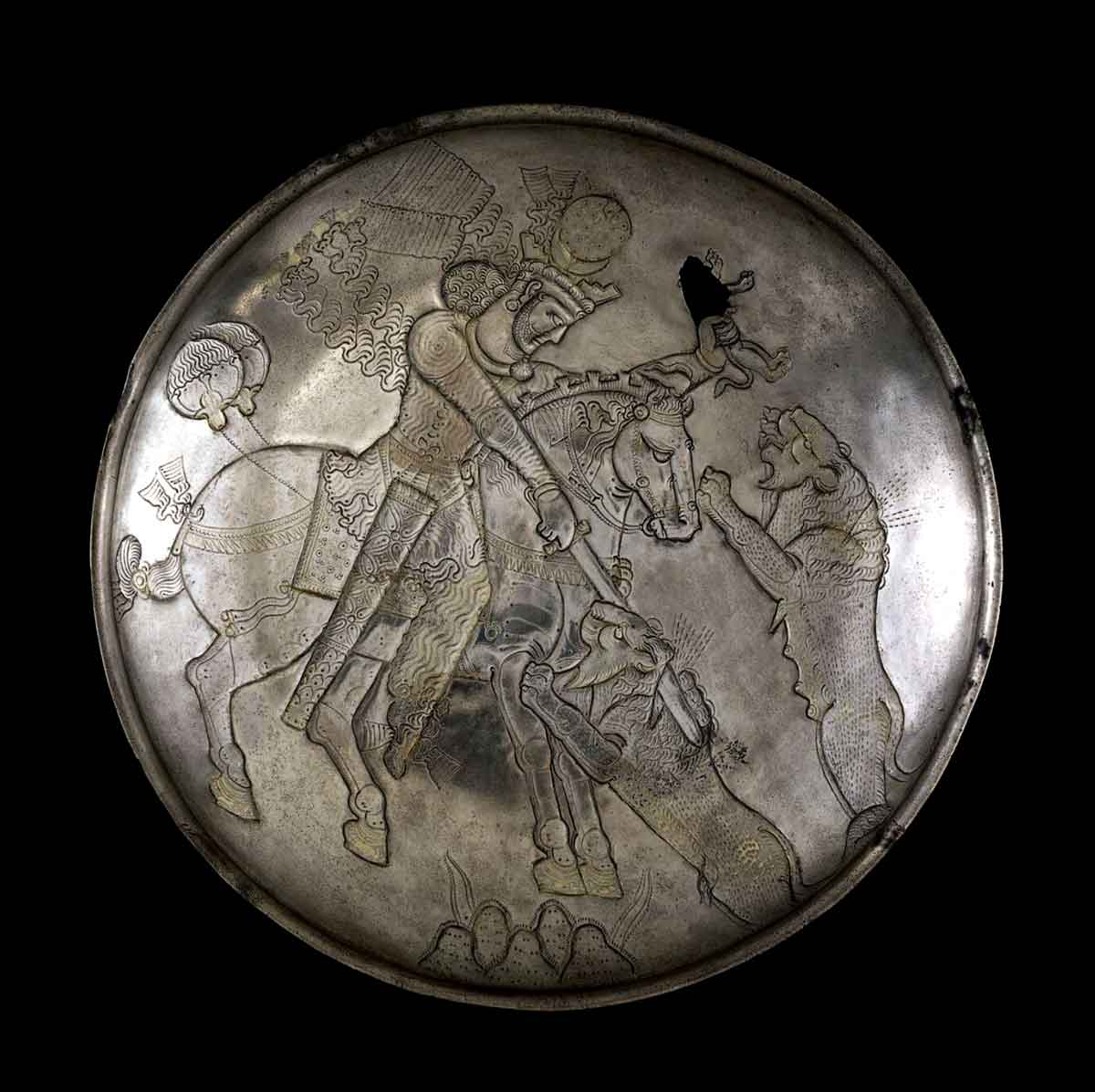
Kavad’s embrace of Mazdakism was the breaking point for the traditionalist nobility and orthodox priests. In 496, a new cabal of aristocrats led their guards into one of the Sassanid palaces and arrested Kavad while his younger brother took the throne. The new King refused to execute his brother and sent him to the Fortress of Oblivion in Khuzestan, but Kavad still had allies. Not only did he escape from Oblivion, but they fled across the length and breadth of Iran to seek refuge with the Hephthalites in Central Asia.
In 499, Kavad returned to Iran at the head of a Hepthalite army to reclaim his throne. They crossed the border in Khorasan, where the local army was commanded by one of Kavad’s cousins, who promptly joined them, effectively turning a quarter of the empire back over to Kavad immediately. Faced with the prospect of a bloody civil war, the aristocracy surrendered to Kavad. Still, the King also recognized that he could not safely return to his extreme opposition to the existing power structure.
During Kavad’s absence, Mazdak and his followers were banished from the royal court and stripped of official powers, but otherwise unmolested. The Mazdakite movement continued to grow, even amongst the nobility, and communal Mazdakites carried on their existing practices. After Kavad’s return, Mazdak was not invited back to the halls of power. Kavad permitted his continued preaching but did not provide direct support.
Reform and Retribution

Kavad still saw utility and need for some of the reforms that began alongside Mazdak, and the Mazdakite nobility remained influential with the King. Property values were reassessed to determine fair tax rates, but this was counterbalanced with a poll tax, disproportionately burdensome on the commoners. The real beneficiaries of Kavad’s reforms were the previously small middle class. Under the new system, significantly more moderately wealthy families were able to acquire property, which in turn qualified them for military service in the Sassanid cavalry. Kavad placed the new cavalry units under his own command to counter the traditional power of his own generals.
The most Mazdak-like of these reforms was establishing a new role within the traditional priesthood, the advocate judge of the poor. This was a priest tasked with forcing his fellow clergy to enact welfare programs and preach to the lower estates. This was a far cry from Mazdak’s radicalism, but that radicalism was allowed to spread for another 20 years, eventually including tens of thousands from across the Zoroastrian estates.

Ultimately, this exponential growth was too much for the priesthood to bear. During Kavad’s brief absence, the High Priest had taken steps to properly indoctrinate Crown Prince Khusrow. Khusrow was an ardent supporter of the central clergy, and he advocated against Mazdak in court. By then, Khusrow was old enough to assume power in his own right, and possibly fearing another coup, Kavad relented and allowed Khusrow to carry out a purge. The prince began executing Mazdakite nobles and summoned Mazdak to the palace, where the priest was detained and hung before a firing squad of archers. This was followed by a massive pogrom against the Mazdakite communities in Persia.
The Mazdakite movement collapsed, apparently dying out almost immediately. In mainstream Zoroastrianism, “Mazdak” became nearly synonymous with “heretic.” However, some historians question whether the movement was destroyed or simply pushed to the fringes of Sassanid society.
Shia Zoroastrians
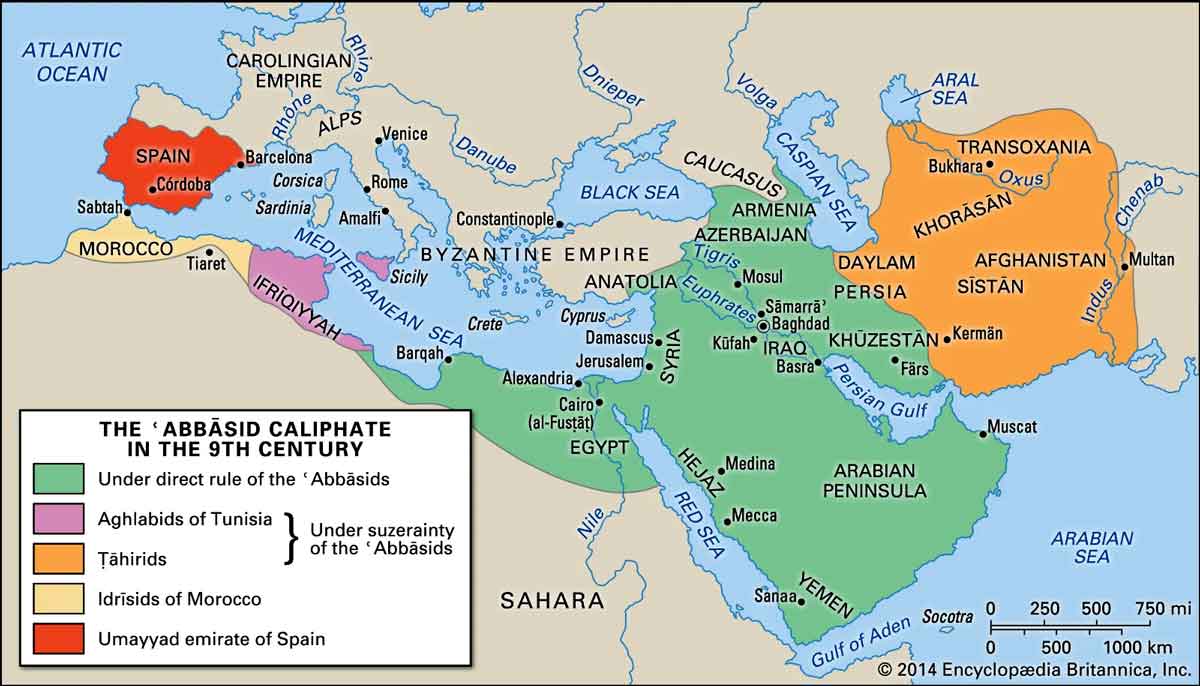
Just over 100 years after Mazdak’s execution, the Sassanid Empire fell to the Arab Rashidun Caliphate, and Zoroastrianism fell to Islam. Iran’s Islamization was a gradual process. In the first Century of Arab rule, Iran remained majority Zoroastrian, and the Caliphate’s dynasty shifted twice. The mass conversion only began after the Abbasid Caliphate came to power in 750.
The Khurramites were nominally some of these early converts. Inhabiting the mountainous fringes of Iran and modern Iraq, they adopted a form of Shia Islam. They were also frequently accused of being crypto-Zoroastrians, and occasionally Mazdakites, by Muslim leaders and historians. The Khurramites were accused of a dualistic worldview, fire worship, and continuous prophecy. They built no mosques, ignored dietary restrictions, rejected the daily prayers and ablutions, and refused to marry outside their own communities. In fact, they were typically hostile to outsiders of any sort. Many western Khurramites ultimately adopted the name Parsi for their ethnic identity, meaning “Persians,” a trait they share with the Zoroastrian communities of India.
Their exact religious origins are ultimately unclear, as many disparate communities lived independently. Certain beliefs, such as reverence for fire, divine incarnation, and angel worship, have well-documented Zoroastrian antecedents. Others, like reincarnation, display Indian influence. Some Khurramites had Christian or Manichaean roots, while others were only associated with Zoroastrianism. One group in northwest Iran was even known as the “Mazdakiya.”
The Khurramite Communes

Khurramite society was insular, isolated, and consequently poorly documented. However, the fascination and irritation of Muslim writers preserved some of their practices. Most notably, they practiced fraternal polyandry, a system in which all of the brothers of a given family shared multiple wives. This ensured both that all of the children in each generation were all but certain to have at least one patriarch and provider, and that inheritance passed from one generation to the next without dividing property among multiple heirs. One report of a similar system in modern India describes it as “a sort of family communism in wives … a joint family both in property and wives.”
In Khurramite villages, the Imam functioned as priest, judge, and arbiter, officially interpreting the Quran to settle disputes and guide communal practice. However, as many Khurramite practices were at odds with the Quran, the Imams likely interpreted based on tradition as much as scripture. Khuramites were also noted for their stringent if conditional, passivism and preference for vegetarianism. Unlike strict Muslims, but quite like supposed Mazdakites, they celebrated wine and other carnal pleasures so long as they did no harm to others.
These social structures and Khurramite religious practices lead many modern scholars to agree, in part, with medieval accounts that connect the Khurramites to Mazdak. In particular, Khurramite polyandry may explain stories of Mazdakite polyamory. However, it is impossible to connect the Khuramites to the earlier movement fully. Some historians suspect that Mazdakism was just one manifestation of rural Zoroastrian traditions reaching the halls of power as a spiritual ideal, while the Khurramites were simply other rural communities in Late Antique Iran.
Babak Khorramdin

Following the Abbasid Coup in 750, various Khurramite communities rose in revolt across the northern frontiers of the Caliphate intermittently for almost 100 years. The largest and best-known rebellion was led by Babak Khorramdin and lasted from 816-838. It was Babak’s prominence that made “Khurramite” a catchall for similar groups in later generations
The primary medieval biography of Babak is lost, and the surviving sources largely disagree about his origins. The main points of agreement are that his family was poor, his father was killed when Babak was young, and that he and his mother were outsiders given refuge by a Khurramite community. When Babak was 12, a man named Javadan bin Shahrak was caught in a blizzard and took refuge with Babak and his mother. Javadan quickly took an interest in Babak’s apparent intelligence. Javadan offered to hire the boy as a farm manager, assuring his mother that a portion of Babak’s salary would be sent back to make up for his absence.
Babak became Javadan’s apprentice, absorbing many of the values and lifestyles of the Khurramites, but Javadan was also exemplary of what happened when the system of fraternal polygamy failed. He had no brothers, just one wife, and a single son (then imprisoned by the Caliphate). When Javadan succumbed to wounds in battle, his wife moved quickly to secure Javadan’s followers. She announced that Babak was Javadan’s heir and married the new leader shortly after.
The Great Khurramite Revolt

A side effect of earlier Khurramite rebellions and his foster brother’s imprisonment, one of the Khurramite values that Babak absorbed was deep seeded hatred of the Arabs. He turned Javadan’s followers away from conflict with their like-minded neighbors and toward open warfare with the Caliphate. They became a guerilla force, sweeping down from the mountains into Arab-ruled Iran to raid and plunder villages, both financing their war and creating a sense that the Khurramites were a force to be feared. Within three years, the northwestern quarter of Iran, Iraqi Kurdistan, and the Caucasus revolted alongside Babak.
For the next 14 years, Babak commanded tens of thousands of men across the northern Caliphate in a war against Arab armies from an impregnable fortress on Mt. Badd. The harsh conditions of the Zagros Mountains made Khurramite territory easy to defend even when outnumbered. Their familiarity with the terrain allowed the Khurramites to stage surprise attacks against the invaders, slaughtering their enemies and disappearing in the hills before the Caliph’s generals could respond.
Ultimately, Babak even outlasted the Caliph he initially rebelled against. However, when Caliph al-Mu’tasim came to power in Baghdad, he made defeating the Khurramites the first priority. The Abbasid army was nearing exhaustion. Under al-Mu’tasim, the Caliph’s forces employed new tactics. They stopped trying to face Babak directly, staging ambushes to interrogate prisoners for intelligence on Babak’s movements and tactics.
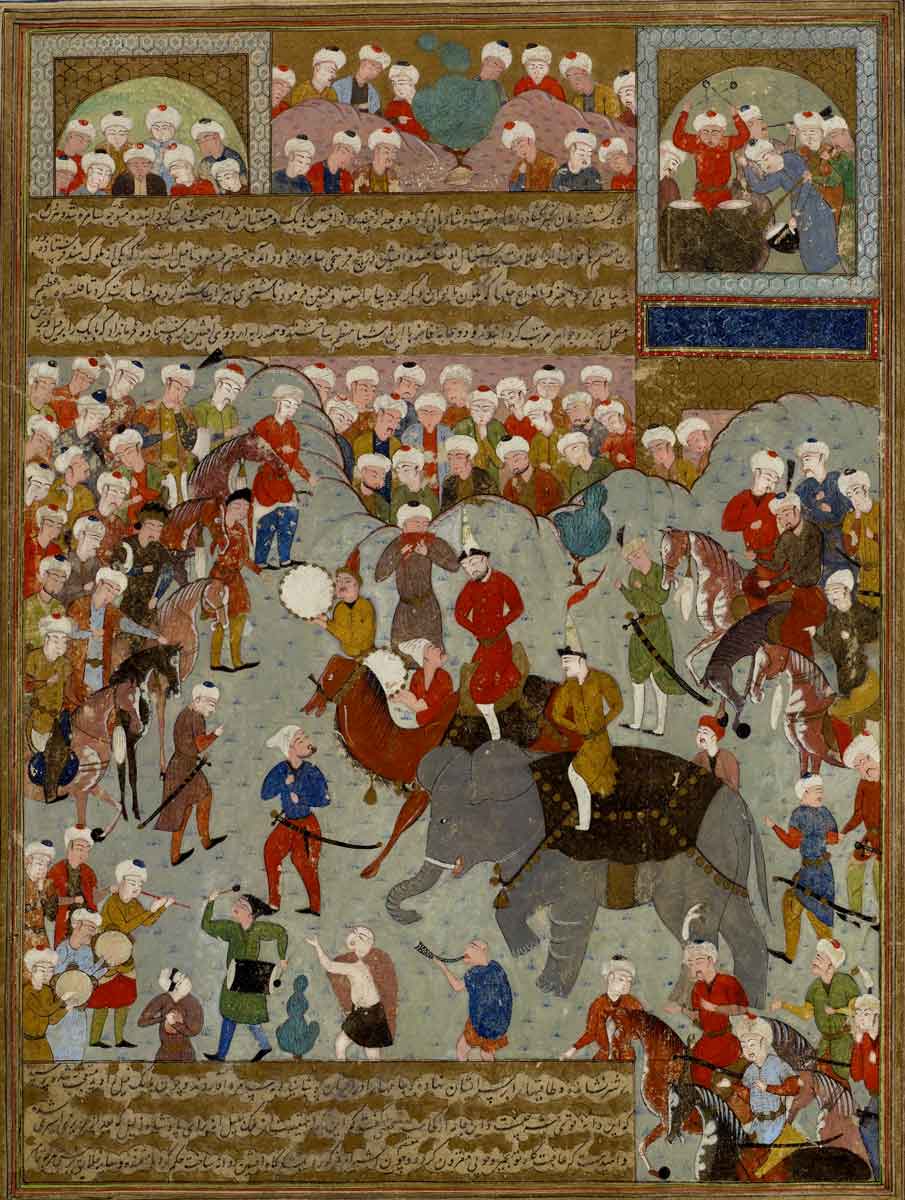
This new information was weaponized by the Abbasid general Afshin in 836. Afshin occupied a castle near Ardabil, Iran, restoring the fortifications and reopening the local road. He made a show of bringing new shipments of payment for his army into the fort on the wide-open road. Babak Khormdin led an expedition in person to capture the Abbasid payroll, only to be ambushed by Afshin on the road. By adopting the guerilla ambush tactics of the Khurramites, Afshin lured them into a wide-open roadway to force a pitched battle, where Babak’s forces were overwhelmed.
Babak fled to Mt. Badd, but the defeat at Ardabil was disastrous. Afshin was too familiar with Khurramite tactics and made use of spies and guerillas to carve a path up to Babak’s fortress. There Babak was promised safe passage to Byzantine territory, only to be captured and killed in 838. After Babak’s death and the Fall of Badd, the Khurramite rebellion fractured and collapsed.
Legacies of Ancient Communism in Iran

The Khurramite culture did not vanish overnight, with occasional revolts centered on their communes over the centuries. Immediately following Babak’s death, one of his lieutenants, Nasir, fled to the Byzantine Empire with a small army of Khurramites to ally with Emperor Theophilos. Nasir and his men nominally converted to Christianity, though his new Christian name, Theophobos, may suggest an equally loose adherence to the Bible as they had to the Quran. Theophobos was even briefly proclaimed Emperor following his new patron’s death but was defeated and executed in 842.
Babak’s revolt led the Caliphate to put more pressure on direct control and Islamic orthodoxy in the mountains. This was compounded by the rise of non-Khurramite Iranian rebel dynasties, primarily the Buyids, in Khurramite territory during the 10th Century, which eliminated much of the non-Khurramite Iranian support for the rebellion. The Islamic kingdoms’ wars with Byzantium, Armenia, and Georgia further weakened the Khurramites until the arrival of the Mongol Empire finally wiped Khurramite culture away in the 13th Century.

However, the end of self-identified Mazdakites and Khurramites did not mean the end of their lifestyle entirely. Similar beliefs and practices flourished under other names and in new cultures that emerged in subsequent centuries. Aspects of Khurramite society and theology are maintained today by minority religious movements in Kurdish and Yazidi communities. Their legacy also manifested in Sufi Islam, which flourished in the old Khurramite regions with many of the same beliefs. The greatest possible Khurramite legacy came in the form of the Qizilbash, a Shia sect from Azerbaijan that was described as “spiritual successors of the Khurramites.” The Qizilbash formed an early base of support for Shah Ismail I, founder of the Safavid Dynasty, which formed the modern Iranian state.








